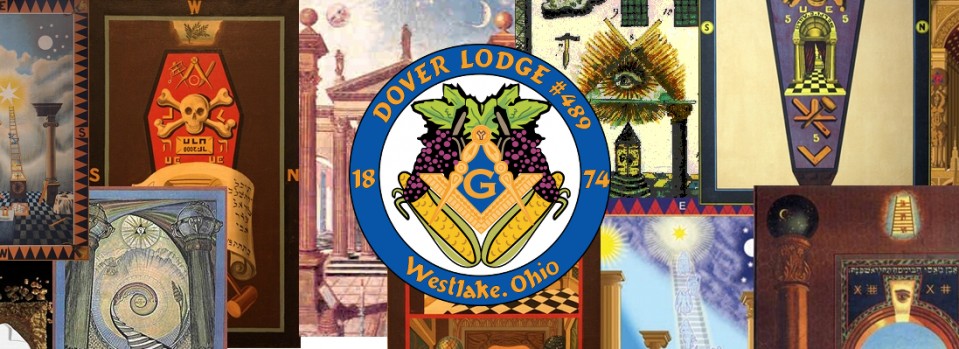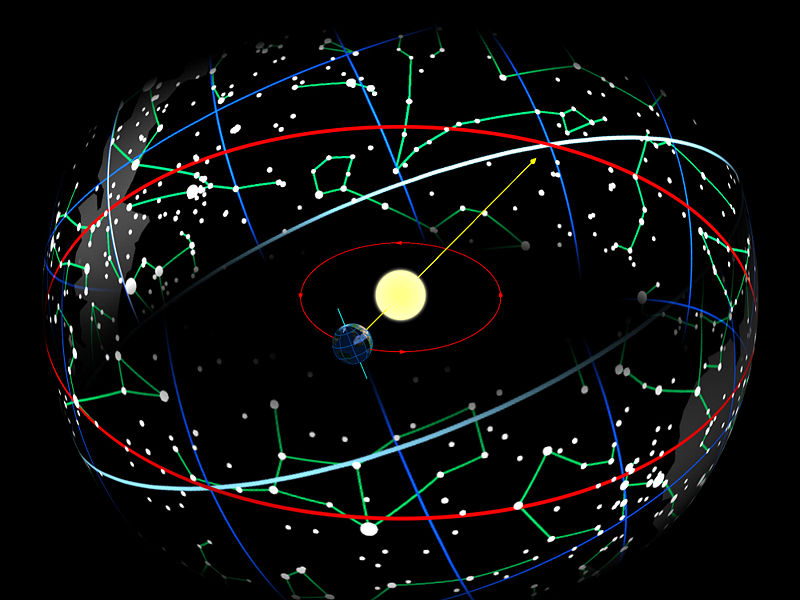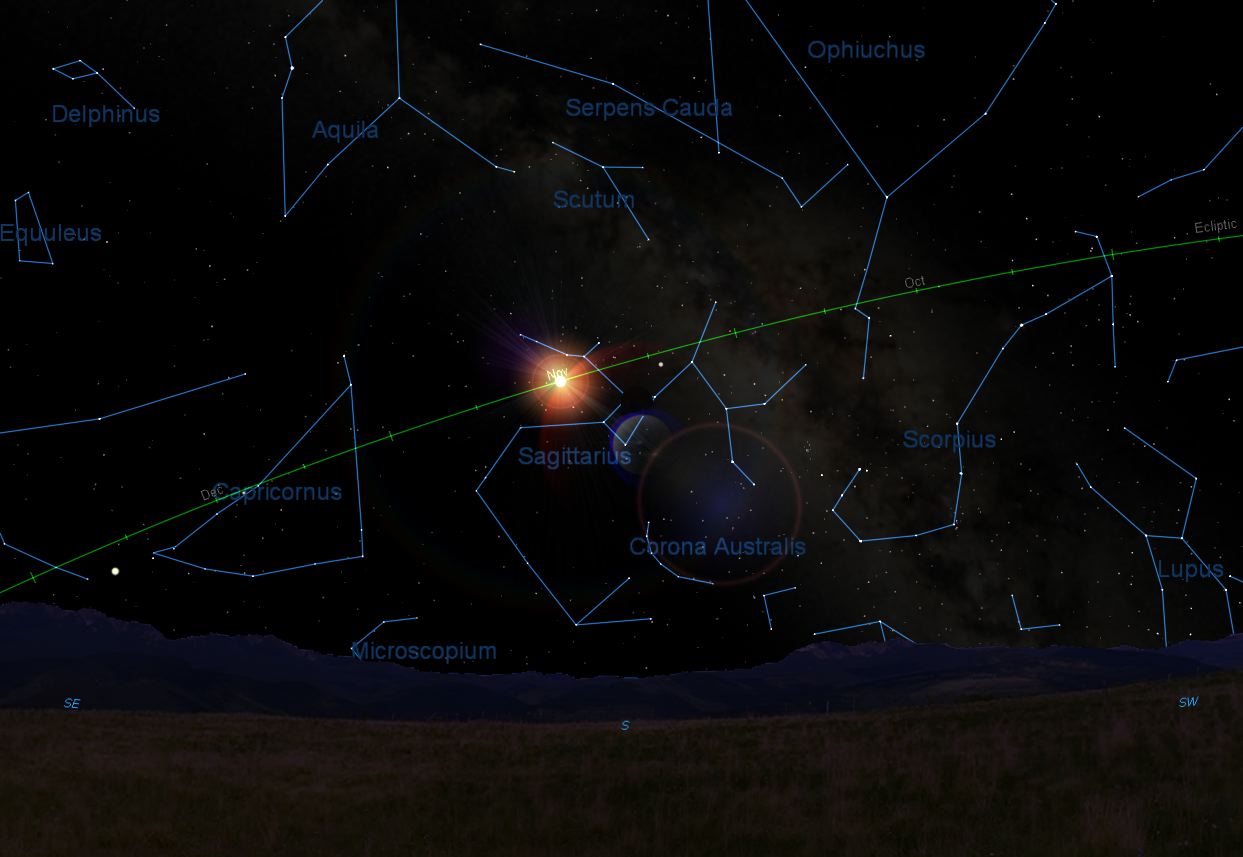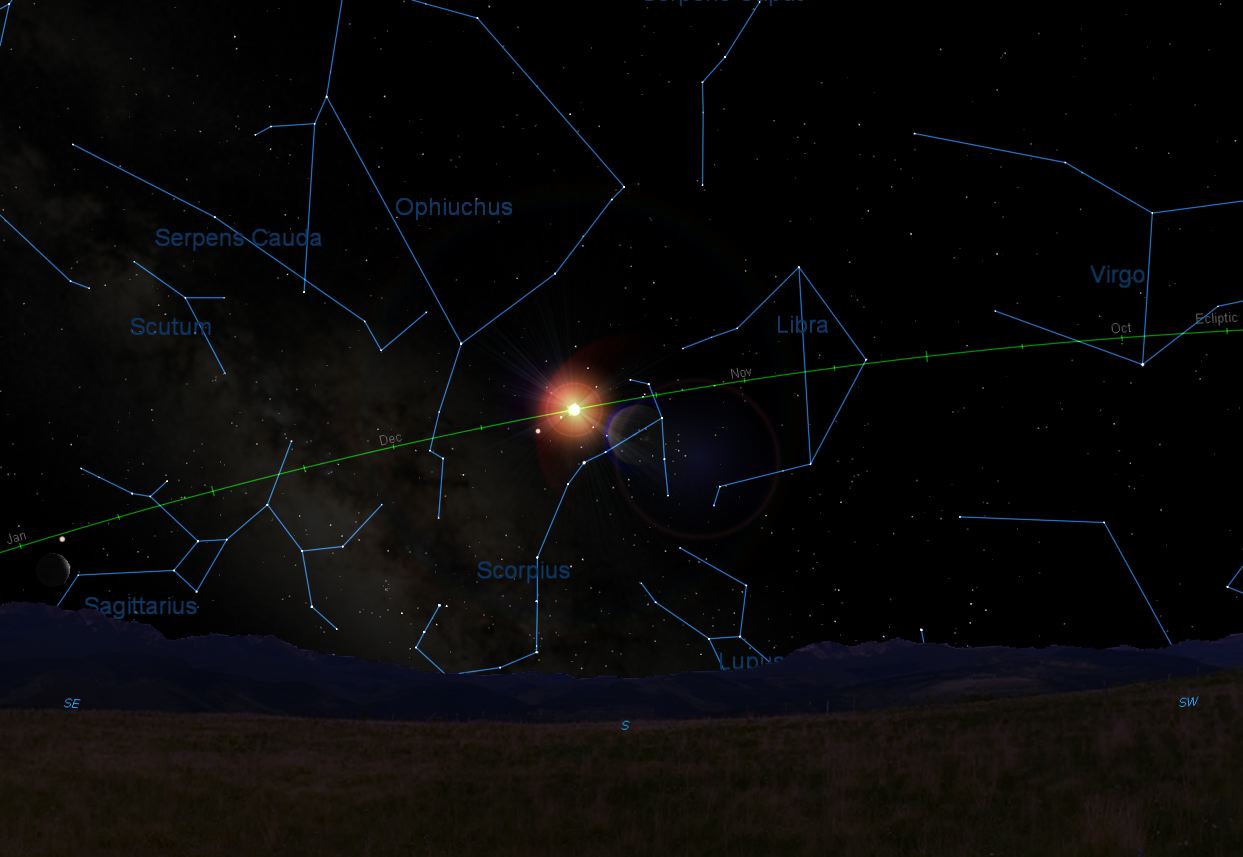As Masons we are perpetually deriving meaning from signs and symbols, but some of the oldest and most observed signs often go missed by our Brethren because their origin has been obscured by popular culture. Take for example the signs of the Zodiac. Most people believe that the signs of the Zodiac are simply a quaint way to identify the time of a person’s birth, and to prognosticate compatibility between acquaintances.
Who hasn’t heard the oft-used phrase “What’s Your Sign”?
The signs of the Zodiac in this case represent certain timeframes of a person’s birth. They are specifically:
Aries (the Ram) – March 21-April 19
Taurus (the Bull) – April 20-May 20
Gemini (the Twins) – May 21-June 20
Cancer (the Crab) – June 21-July 22
Leo (the Lion) – July 23-Aug 22
Virgo (the Virgin) – Aug 23-Sep 22
Libra (the Scales) – Sep 23-Oct 22
Scorpio (the Scorpion) – Oct 23-Nov 21
Sagittarius (the Archer) – Nov 22-Dec 21
Capricorn (the Goat) – Dec 22-Jan 19
Aquarius (the Water-bearer) – Jan 20-Feb 18
Pisces (the Fishes) – Feb 19-Mar 20
But where does this come from?
The word “Zodiac” comes from the Greek language meaning “Circle of Animals”. The signs of the Zodiac are based on 12 “constellations”, or “groups of stars” as viewed from Earth. Because the Earth orbits the Sun in a flat elliptical plane, the Sun always appears to be “in” one of the 12 constellations of the Zodiac throughout different times of the year. The stars are actually the ones behind, or past, the Sun as we look from Earth out into space.
Ancient Babylonians, whose system we use today, utilized a set of 12 animals superimposed over the stars of these constellations to easily identify them. To this day as the year progresses each morning the sun rises, follows and sets inside the boundaries of these constellations. During Babylonian times (around 1700-729 BCE) the Vernal Equinox, or Spring, was when the Sun rose in the constellation of Aries. When a person was asked what their sign was, it was the same as asking what time of year they were born.
Although we use the same Babylonian designations today, they actually no longer hold true to the months outlined above. A person born on March 30th is said to be of the “Sign of Aries”, but in fact the Sun has risen in the constellation of Pisces on March 30th since around the year 1 CE. The planet Earth actually wobbles on its axis, such that every approximately 2,150 years the Sun rises in the prior constellation or “Sign”. By way of example, in the year 2008 CE (this year) the Sun rises in the sign of Pisces on the Spring Equinox (around March 21). In the year 1000 BCE the Sun rose in the sign of Aries on March 21, and in the year 3000 BCE the Sun rose in the sign of Taurus on March 21. This is known as the “Precession of the Equinox”, meaning that the sign in which the Sun rises on the Spring Equinox moves backward through the Zodiac every 2,150 years. Perhaps one has heard the song from the Broadway musical “Hair”, or the one popularized on the radio in the 1970s, titled “The Age of Aquarius”. The chorus of this song sings joyfully that “This is the dawning of the Age of Aquarius”. What the song is saying is that in a short time (around the year 2150 CE) the Sun will rise in the Sign of Aquarius on March 21 and will continue to do so until the year 4300 CE.
Left: The Sun on December 1st 1750BCE during the reign of Babylonian King Hammurabi resides in Sagittarius. Right: The Sun on December 1st 2008CE resides in Scorpius. This comparison shows the results of Precession.
The Earth will complete one full “wobble” and will precede through all of the constellations back to today’s Sign (Pisces) in around the year 25800 CE. By that time, we should all have our 50-year pins many times over!





